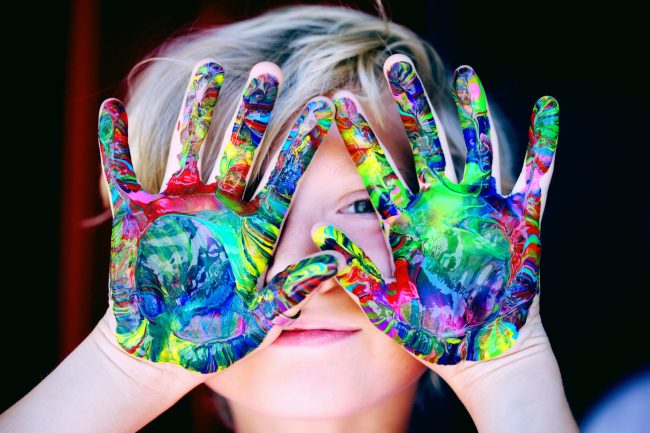A Playful Guide to Unleashing Joy and Healing
Imagine a vibrant ballroom where the music of your memories echoes, and your inner child is waiting eagerly, adorned in the attire of innocence and curiosity. Building a relationship with this spirited dance partner can be a whimsical journey that brings healing, self-awareness, and an explosion of joy. So, slip into your dancing shoes and let’s waltz into the world of your inner child.
The Magical Masquerade of Meditation
Picture a grand masquerade ball where you, in your adult form, join hands with the tiny version of yourself. Close your eyes, and let the music of your breath guide you to a serene space. In this meditative ballroom, your inner child wears a mask of pure potential. Engage in a magical conversation, twirling through memories and dreams. This dance of meditation opens doors to healing and understanding, like a spell that unravels the knots of the past.
Writing Love Letters to Your Inner Child
Grab your quill and parchment, or perhaps your favorite digital device, and compose a heartfelt letter to your inner child. Write with the tenderness of a bedtime story, expressing love, understanding, and apologies if needed. Envision your words as a gentle breeze, caressing the soul of your inner sprite. These letters become love notes to heal old wounds, written in the language of compassion and forgiveness.
Journaling: The Treasure Map to Your Inner Wonderland
Open the gates to your inner wonderland with a journal as your treasure map. Dive into the sea of memories, splash around in the puddles of emotions, and build sandcastles of self-reflection. Your inner child journal becomes a magical portal, revealing the hidden treasures of your past. Unearth the buried joys, acknowledge the stormy weather of your challenges, and dance in the rain of your emotions. Each page turned is a step closer to the heart of your inner child’s kingdom.
Crayon Chronicles and Toybox Tales
Your inner child’s kingdom isn’t complete without crayon chronicles and toybox tales. Grab a box of crayons and let your creativity flow. Draw scenes from your childhood, scribble outside the lines, and let the colors tell stories that words can’t capture. Engage in play with toys, as if you’re co-authors of adventures yet to unfold. This creative play becomes a bridge between the past and present, connecting the dots with laughter and unlocking the door to your imagination.
Therapeutic Tea Parties and Coach Carousel Rides
If the dance feels complex, invite a coach, a therapist or counselor to your tea party. Picture a cozy space where the tea flows like healing elixirs, and the conversation is a carousel ride through your emotions. These professionals can guide you through the dance steps, helping you navigate the intricate patterns of your inner waltz. Together, you and your coach become the choreographers of a dance that heals, transforms, and celebrates the magic within.
Benefits: A Carnival of Emotions and Firework Finale
Imagine the benefits of this whimsical dance: emotional roller coasters turning into carnival rides, healing as cotton candy sweetness, and self-awareness as the grand finale of a firework display. As you twirl through the dance of connecting with your inner child, you become a conductor orchestrating a symphony of joy, resilience, and creativity.
So, lace up your dancing shoes, throw on your most fantastical outfit, and step onto the dance floor of your inner world. Your inner child awaits, ready to twirl, leap, and giggle with you. In this dance, you’ll discover the magic of healing, the joy of self-discovery, and the endless possibilities that unfold when you waltz with the child within.

 In a world that often emphasizes the importance of external relationships, we so often overlook one of the most crucial connections in our lives – the relationship with ourselves. Cultivating a healthy and loving relationship with oneself is not only a fundamental aspect of personal growth but also a key to achieving contentment and happiness. In this blog, we will explore the significance of having a relationship with oneself and provide insights into how to nurture it.
In a world that often emphasizes the importance of external relationships, we so often overlook one of the most crucial connections in our lives – the relationship with ourselves. Cultivating a healthy and loving relationship with oneself is not only a fundamental aspect of personal growth but also a key to achieving contentment and happiness. In this blog, we will explore the significance of having a relationship with oneself and provide insights into how to nurture it.
